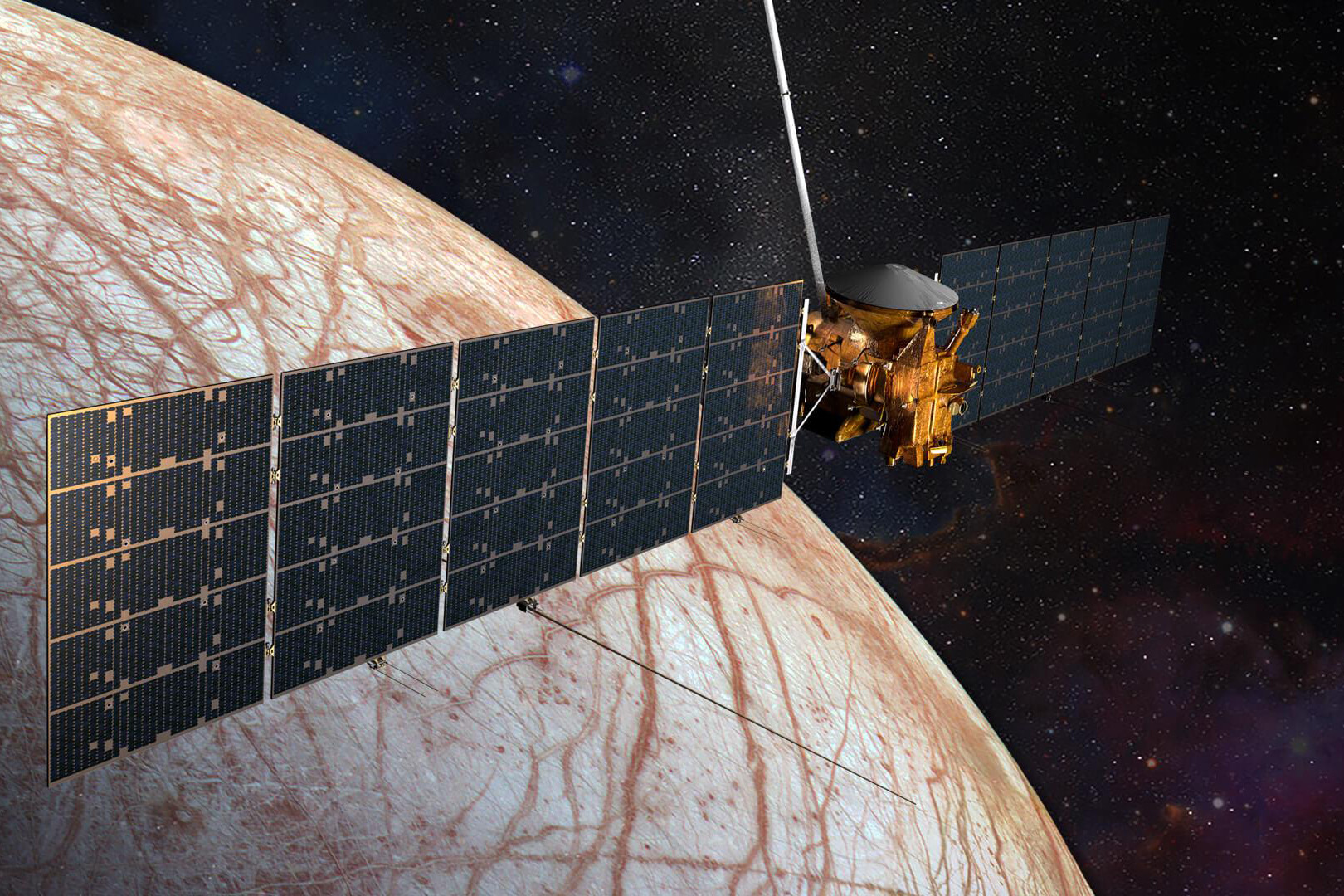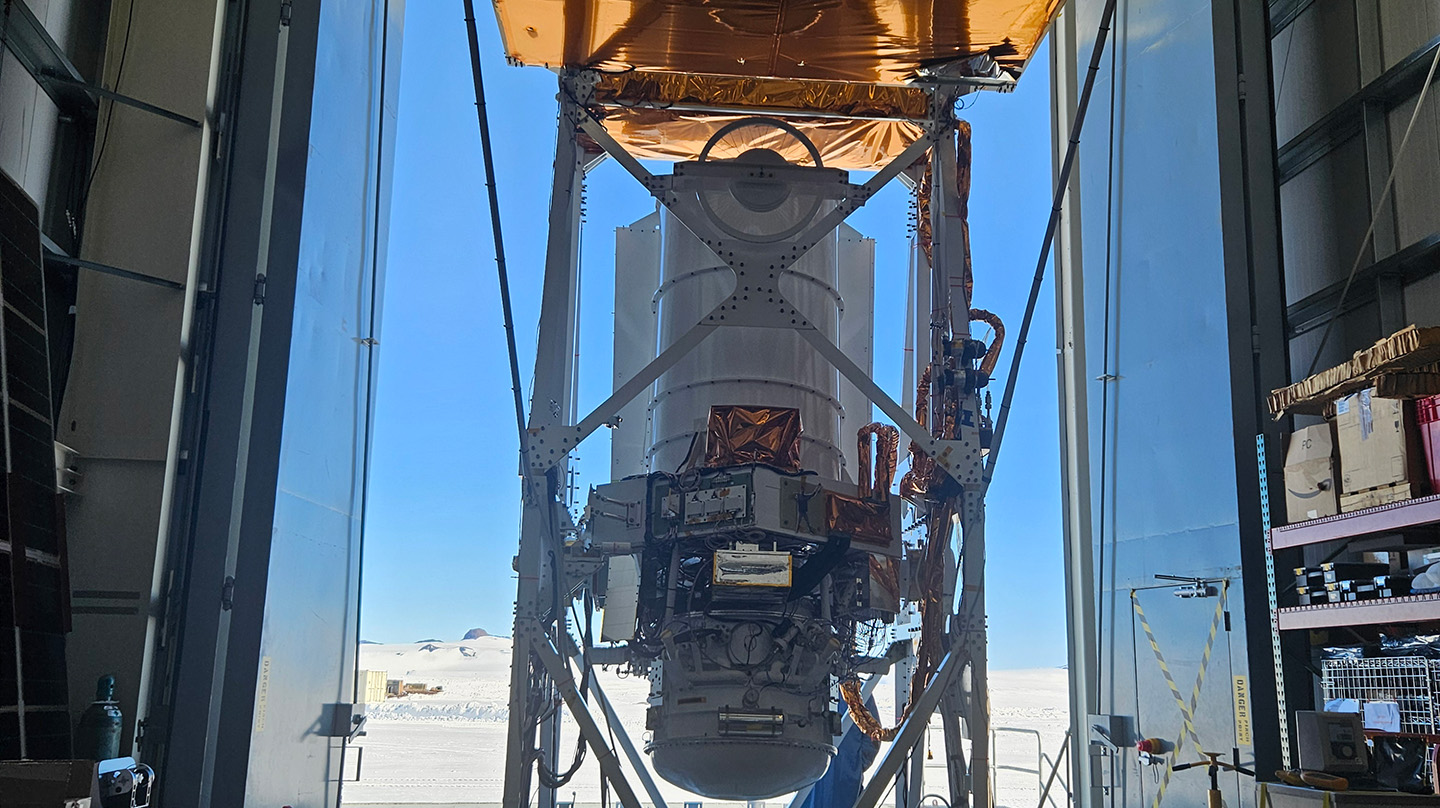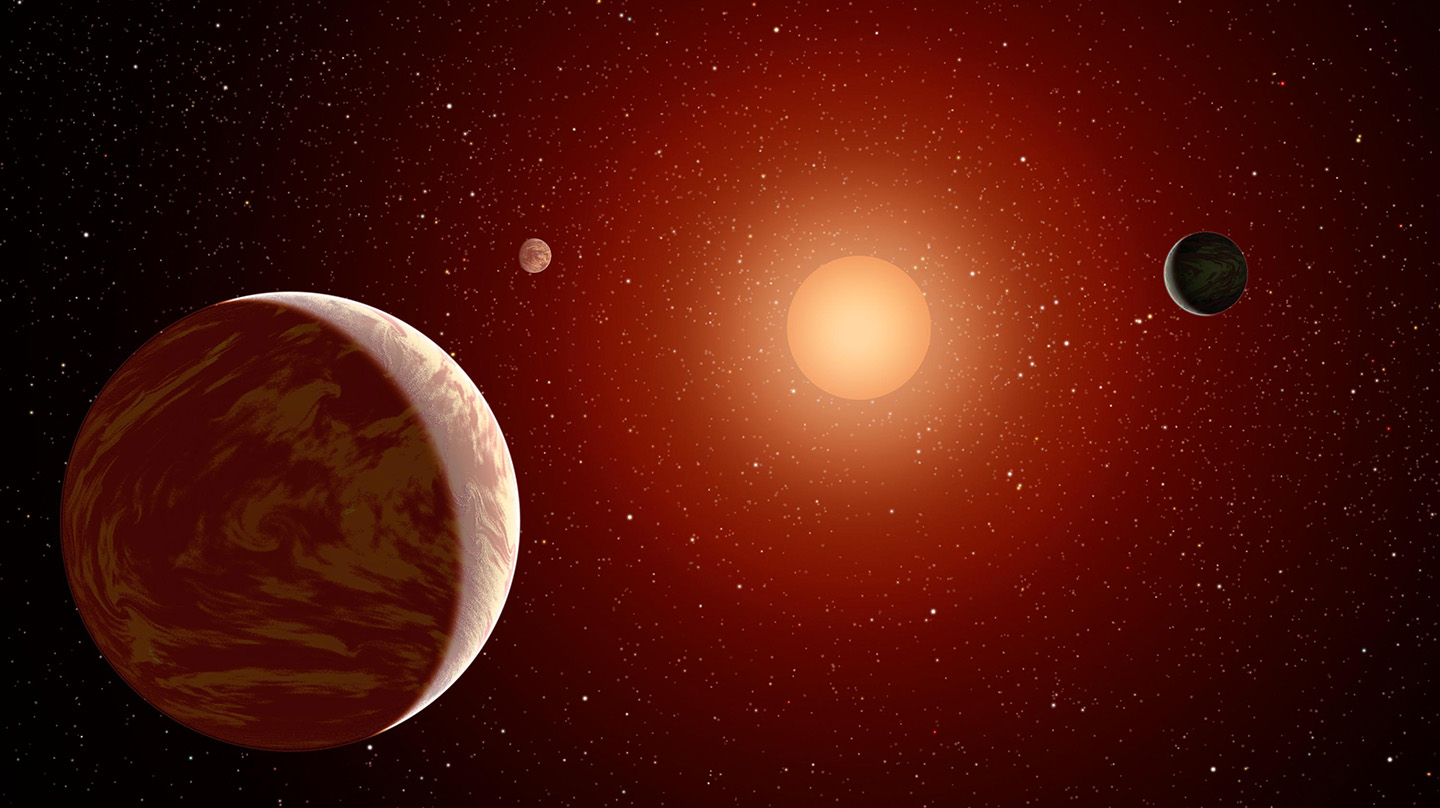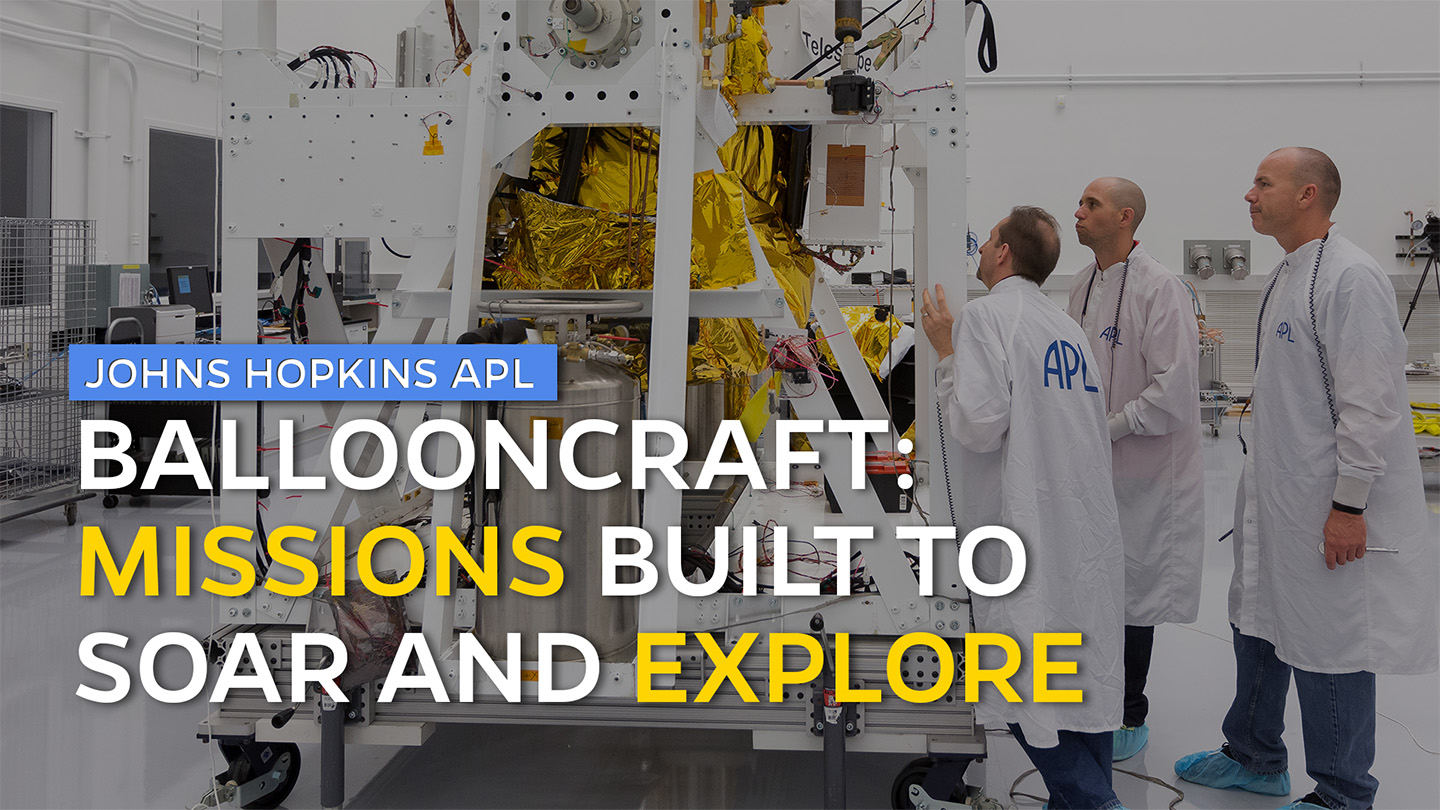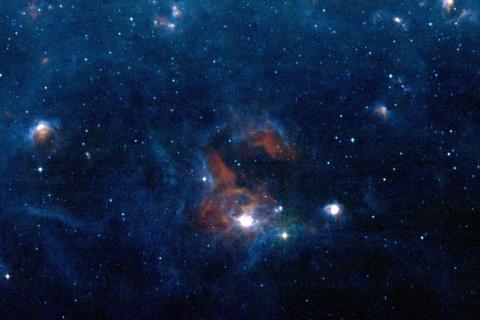
Astrophysics and Exoplanets
Understanding the Stars and the Universe
Studying the life cycle of matter and energy throughout the cosmos is a relatively new endeavor for APL, but we’re making strides in our primary thrusts: exoplanet science and nuclear astrophysics.
Our scientists are exploring exoplanet science and nuclear astrophysics by leveraging key institutional capabilities, including technology developed for solar system exploration. APL has a dynamic program associated with studying exoplanet atmospheres and their interactions with their parent stars. Our researchers are developing new observational methods to better understand the nuclear processes that govern Type IA supernovas — the brightest stellar explosions in the cosmos — and leveraging our decades of experience in spaceflight to enable scientists to actively pursue the development of instruments and missions that will transform science, from multiwavelength exoplanet investigations to a gamma-ray telescope that will operate from around the Moon. APL is also building and managing NASA’s GUSTO balloon mission, which will provide the first comprehensive study of the interstellar medium, studying everything from the formation of stellar nurseries to the eventual destruction of stars.
Searching for Life Across the Universe
APL researchers have studied the ancient wet environments on Mars to guide future exploration of the potential for past life on the planet. Through missions such as Cassini, New Horizons, and Venus Express, APL researchers have studied the evolution of volatile and carbon-based molecules on numerous solar system bodies to apply to studies of rocky exoplanets. They’re using NASA’s Hubble and Spitzer Space Telescopes to identify water vapor and clouds on these distant worlds. And they’re helping to plan the next generation of space missions, from landed missions on the ocean worlds of Europa and Enceladus to space-based telescopes that characterize atmosphere-covered rocky planets, all, ultimately, to search for signs of life.
Expertise in Action
Missions
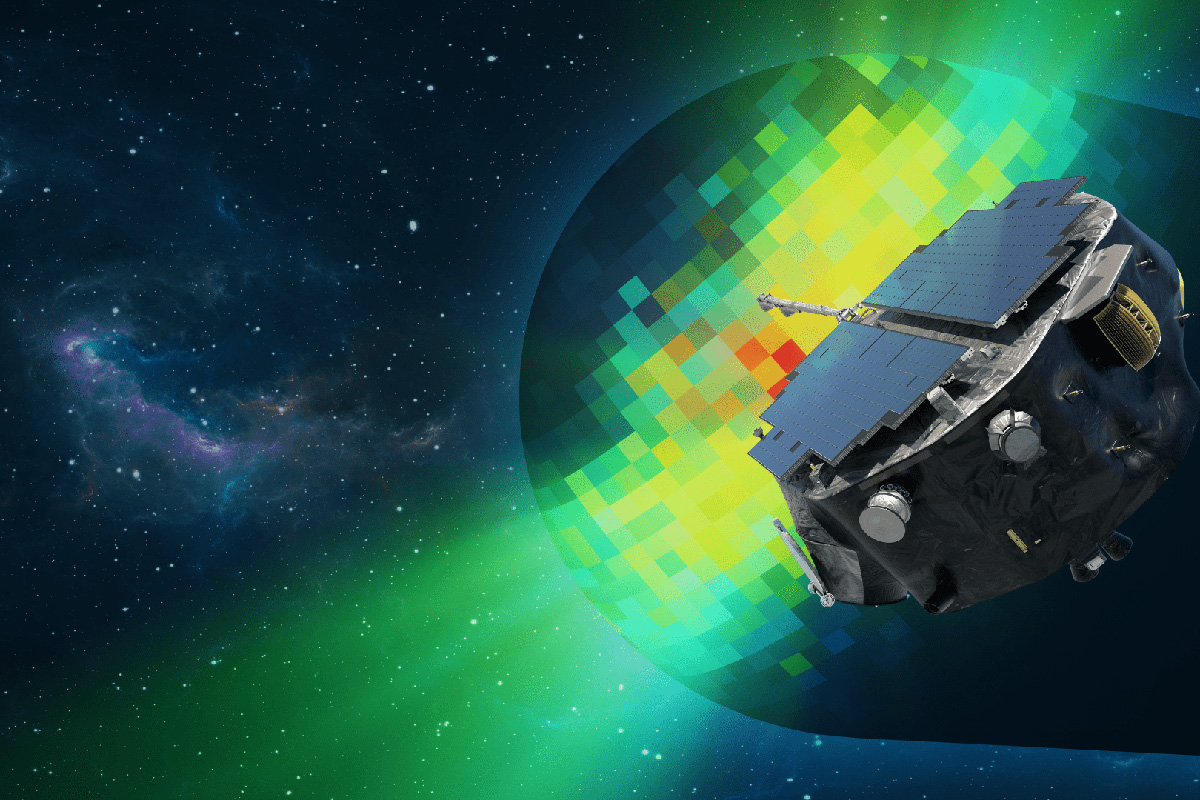
IMAP Interstellar Medium
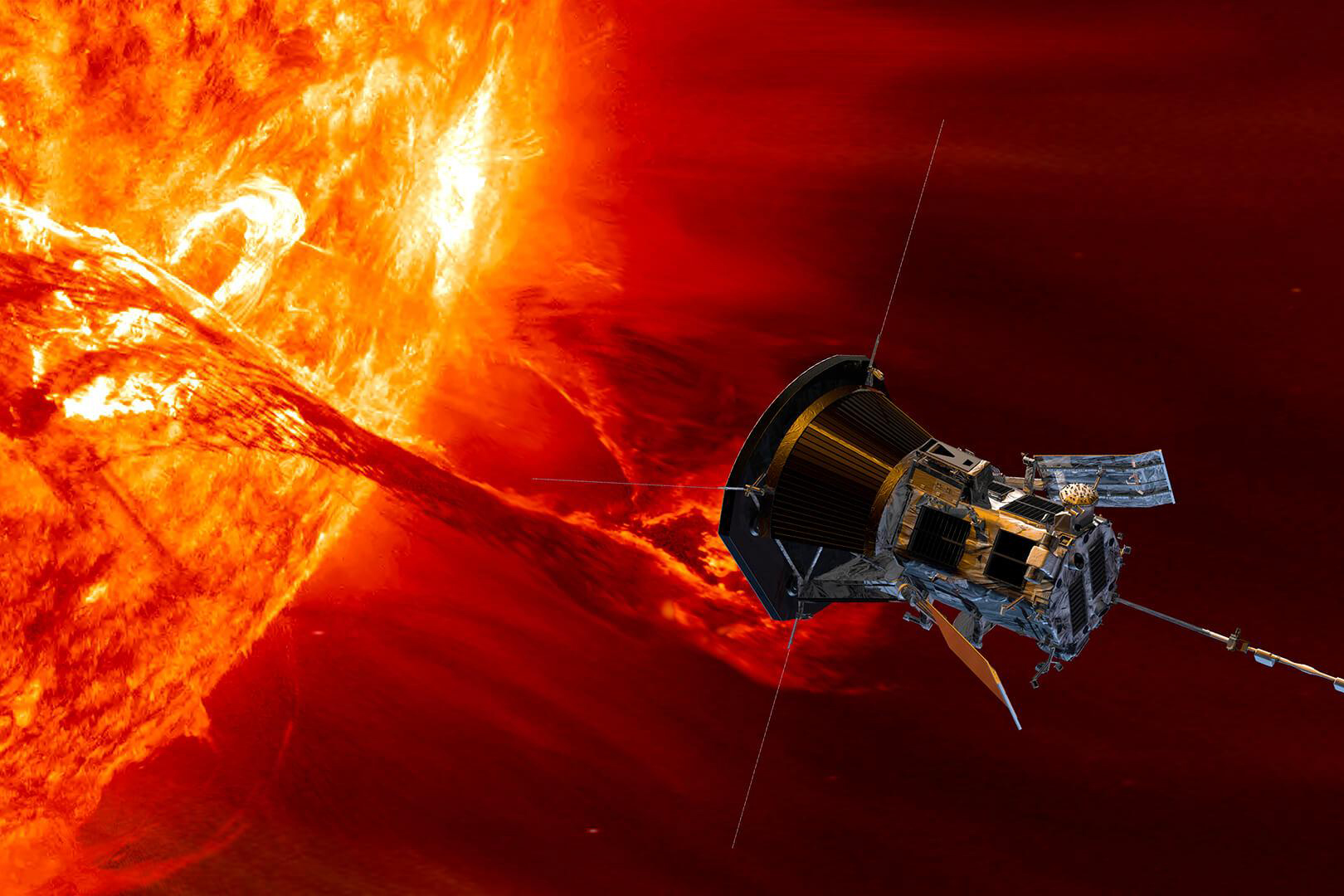
Parker Solar Probe Sun and Solar Wind
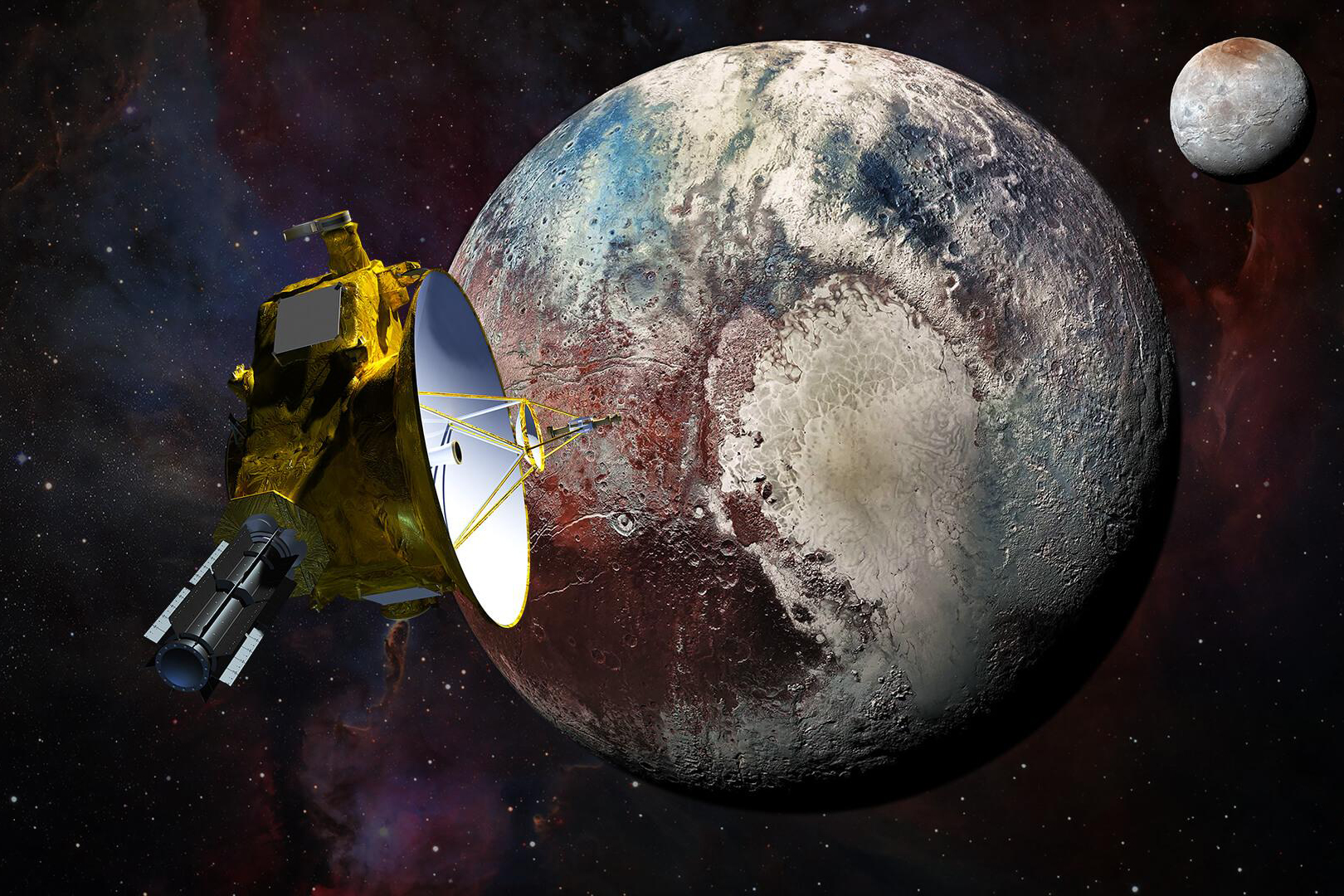
New Horizons Pluto, Kuiper Belt Objects, and Comets
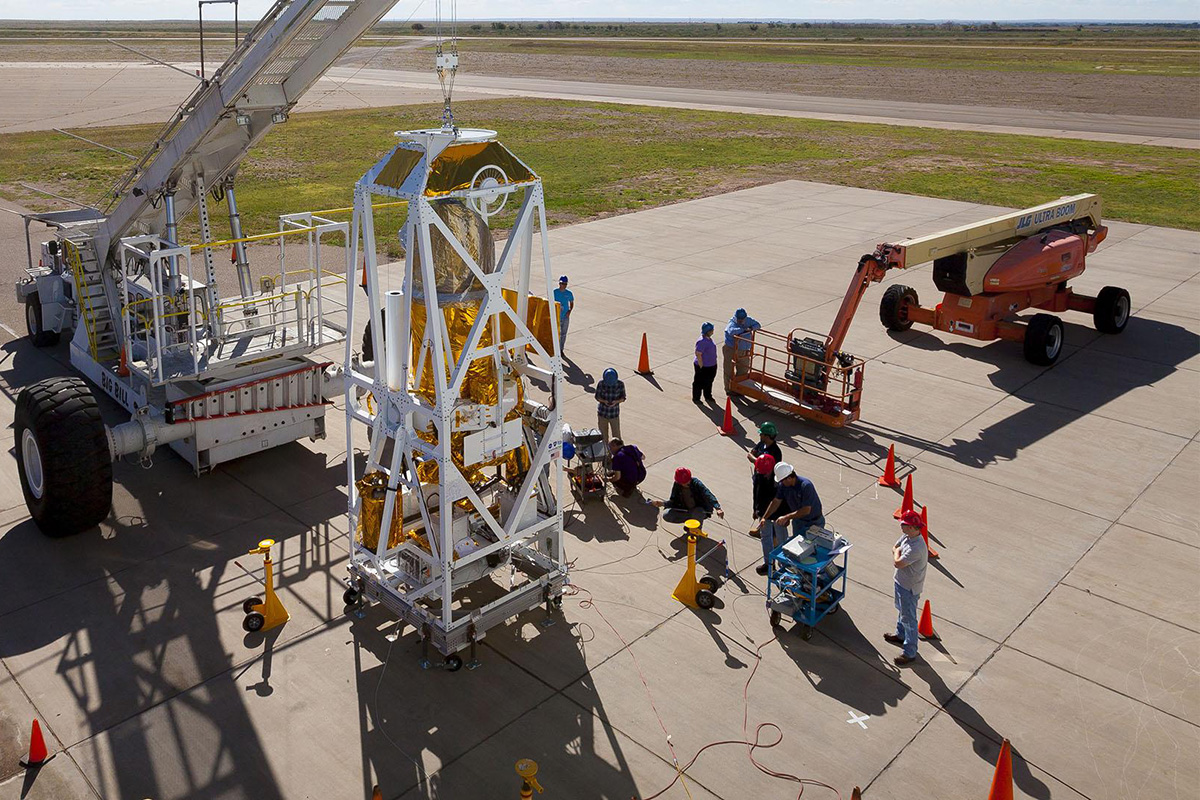
Balloon Programs Interstellar Medium
Instruments
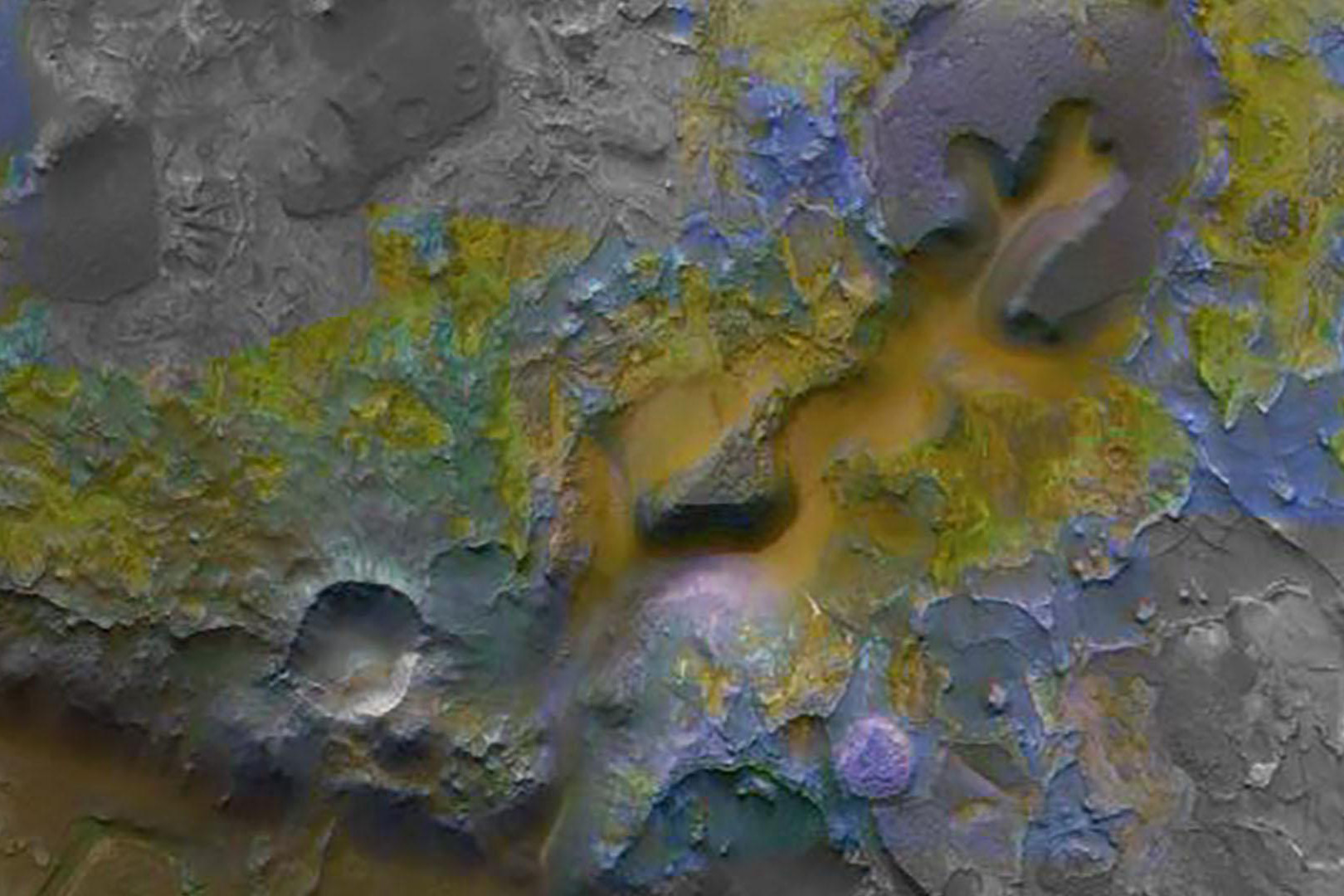
CRISM Terrestrial Planets
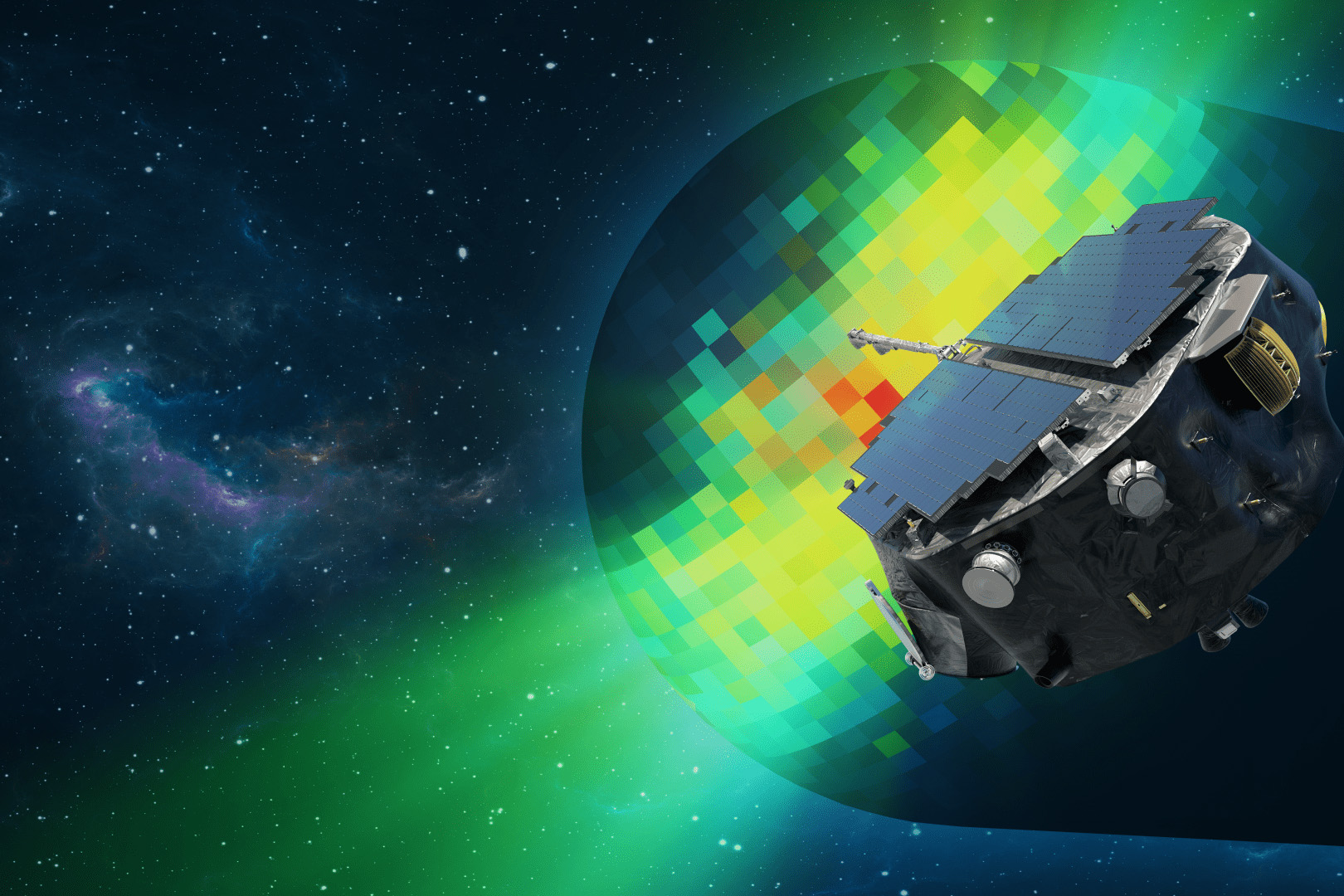
IMAP-Ultra Interstellar Medium

LECP Sun and Solar Wind
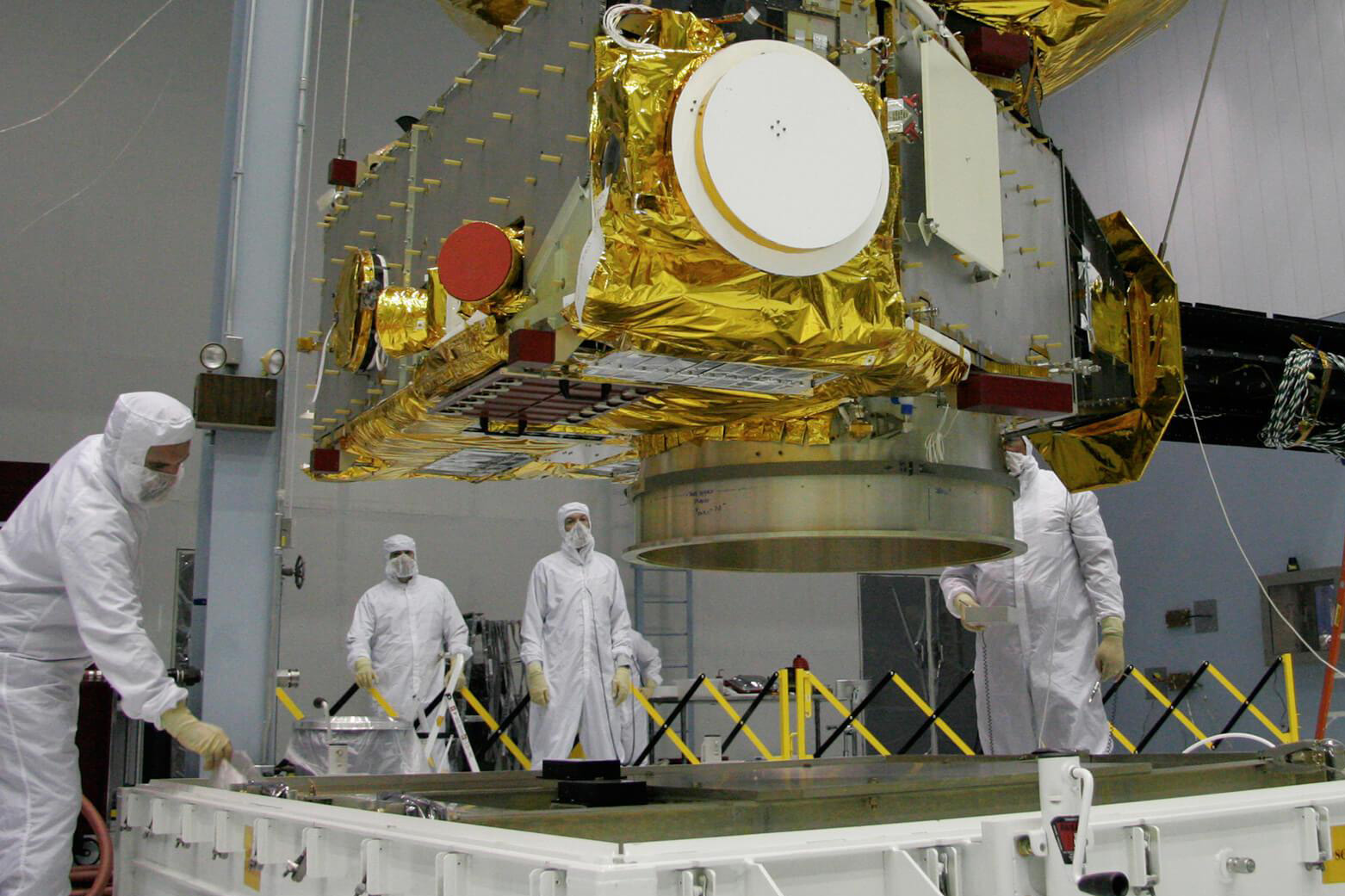
LORRI Pluto, Kuiper Belt Objects, and Comets
